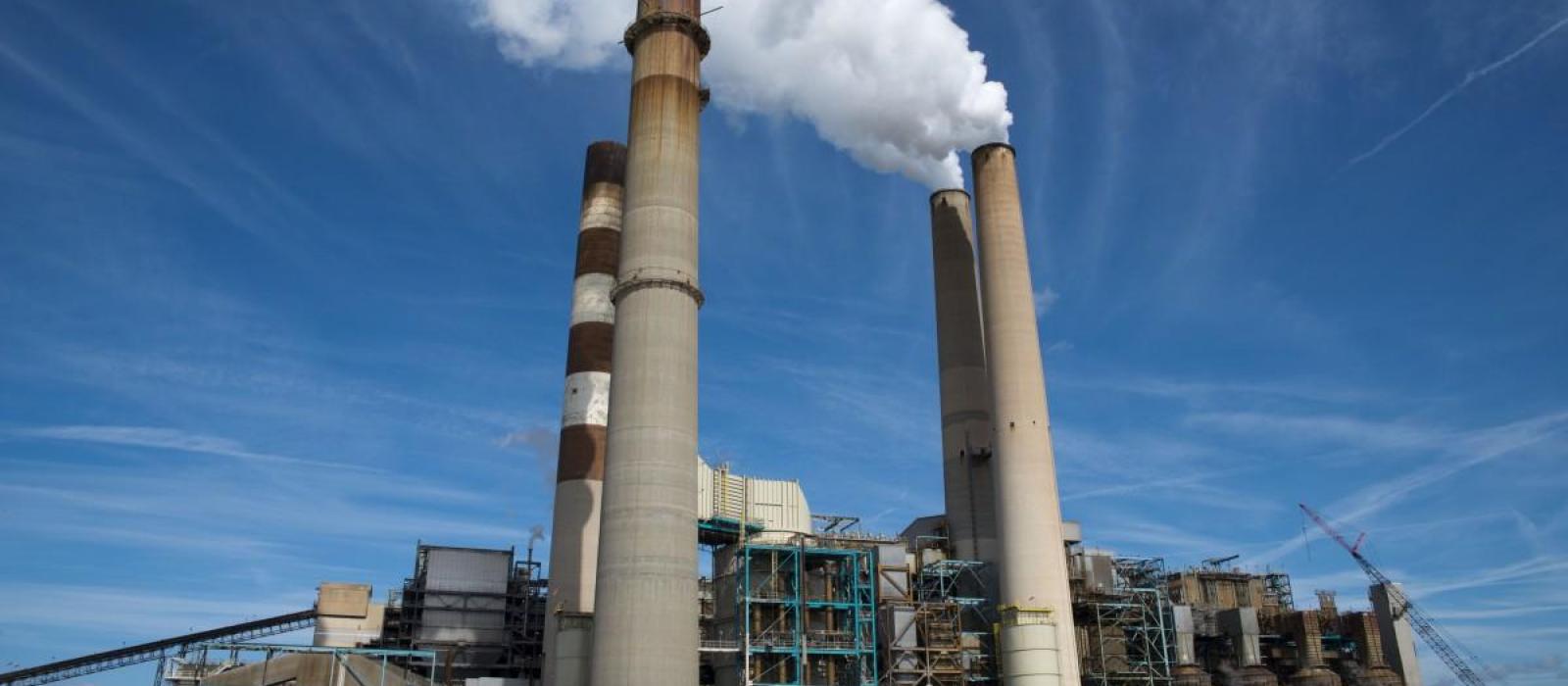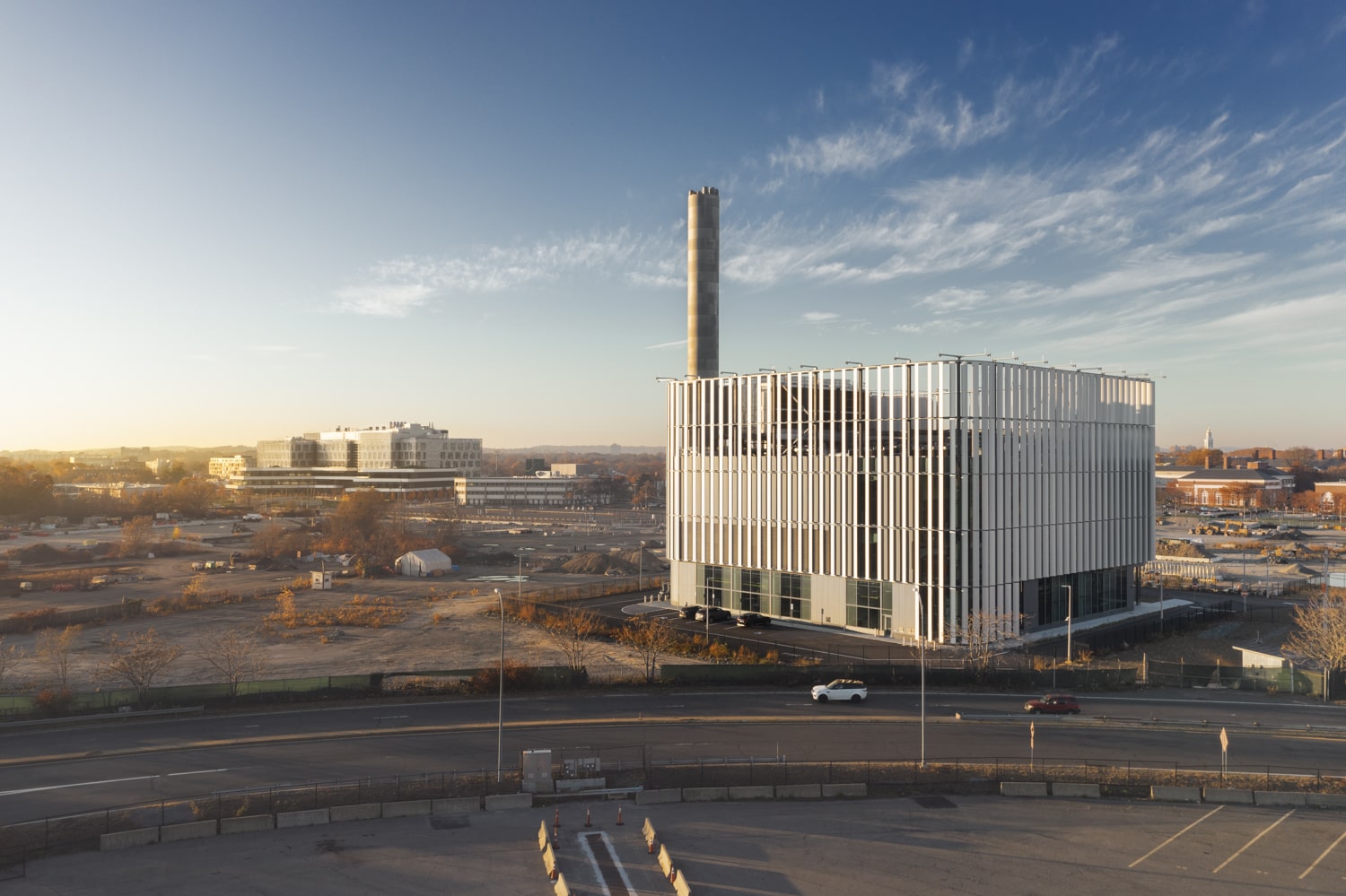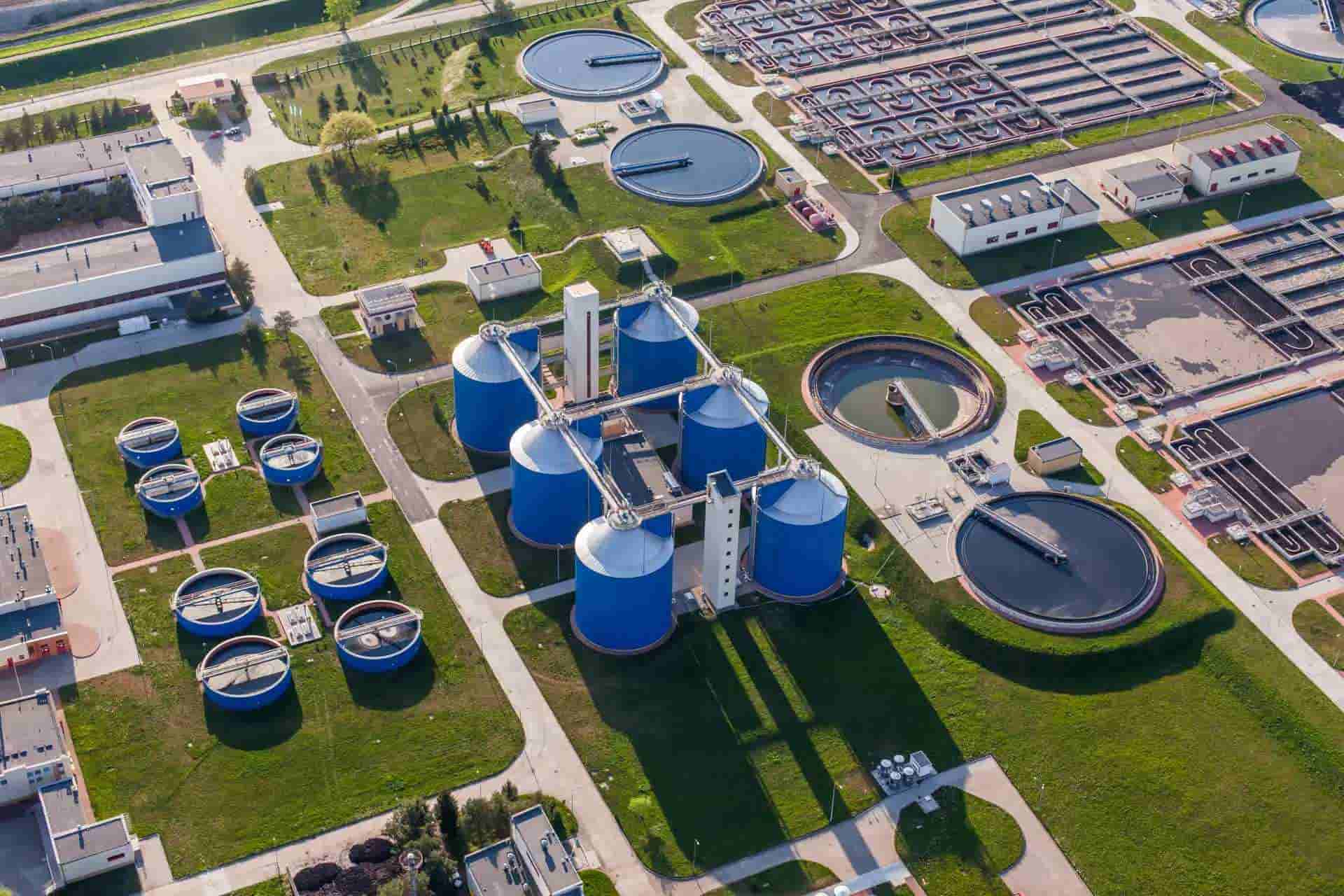District Energy is a sustainable and efficient method of delivering heating, cooling, and electricity to multiple buildings or an entire community from a centralized energy plant. Instead of each building having its own individual heating and cooling systems, District Energy utilizes a network of pipes to distribute thermal energy (hot water, steam, or chilled water) to connected buildings, eliminating the need for individual boilers and chillers.
Advantages of District Energy
Energy Efficiency
District Energy systems achieve high energy efficiency by utilizing combined heat and power (CHP) technology, waste heat recovery, and efficient energy distribution. This results in significant energy savings and reduced greenhouse gas emissions.
Cost Savings
District Energy eliminates the need for individual heating and cooling systems in each building, reducing upfront costs for developers and lowering energy bills for consumers. It also enables shared investments in renewable energy generation and infrastructure, further enhancing cost savings.
Reliability and Resilience
District Energy plants are designed with redundancy, ensuring a reliable supply of heating, cooling, and electricity even during peak demand or equipment failures. This enhances the resilience of the energy system and minimizes the risk of service interruptions.
Environmental Sustainability
By leveraging CHP and integrating renewable energy sources, District Energy systems contribute to a greener and more sustainable future. They reduce reliance on fossil fuels, decrease carbon dioxide emissions, and support local clean energy generation.
Flexibility and Scalability: District Energy systems can be tailored to the specific needs of different communities or developments. They are highly scalable, allowing for expansions and adaptations to meet evolving energy demands and integrate new technologies over time.
Combined Heat and Power (CHP)
CHP, also known as cogeneration, is a vital component of District Energy systems. It involves the simultaneous production of electricity and usable heat from a single fuel source, typically natural gas or biomass. Unlike conventional power plants that waste a significant amount of heat, CHP captures and utilizes this waste heat for heating purposes, such as space heating or water heating.
Benefits of CHP
- CHP systems can achieve overall efficiencies of 80% or more, compared to around 40% for conventional electricity generation and separate heat production. This efficiency improvement significantly reduces fuel consumption and associated greenhouse gas emissions.
- CHP systems offer economic advantages by reducing energy costs through efficient fuel utilization and the ability to generate electricity onsite, bypassing transmission and distribution losses. This makes CHP particularly attractive for commercial and industrial applications.
- CHP systems enhance grid resilience by providing a decentralized and reliable source of power. During power outages or grid disruptions, CHP can continue to supply electricity, heat, and hot water, supporting critical infrastructure and ensuring comfort and safety for users.
- By reducing greenhouse gas emissions, CHP helps combat climate change and contributes to local air quality improvement. When combined with renewable fuels or integrated with District Energy systems, CHP becomes even more environmentally friendly.
Applications of District Energy and CHP
- District Energy and CHP systems have a wide range of applications, including:
- Residential and commercial buildings
- Hospitals and healthcare facilities
- Educational institutions
- Industrial parks and manufacturing facilities
- Military bases and government complexes
- Sports arenas and entertainment venues
Mixed-use developments and urban districts









